12 Composting Mistakes That Will Ruin Your Stash – And How To Fix Them
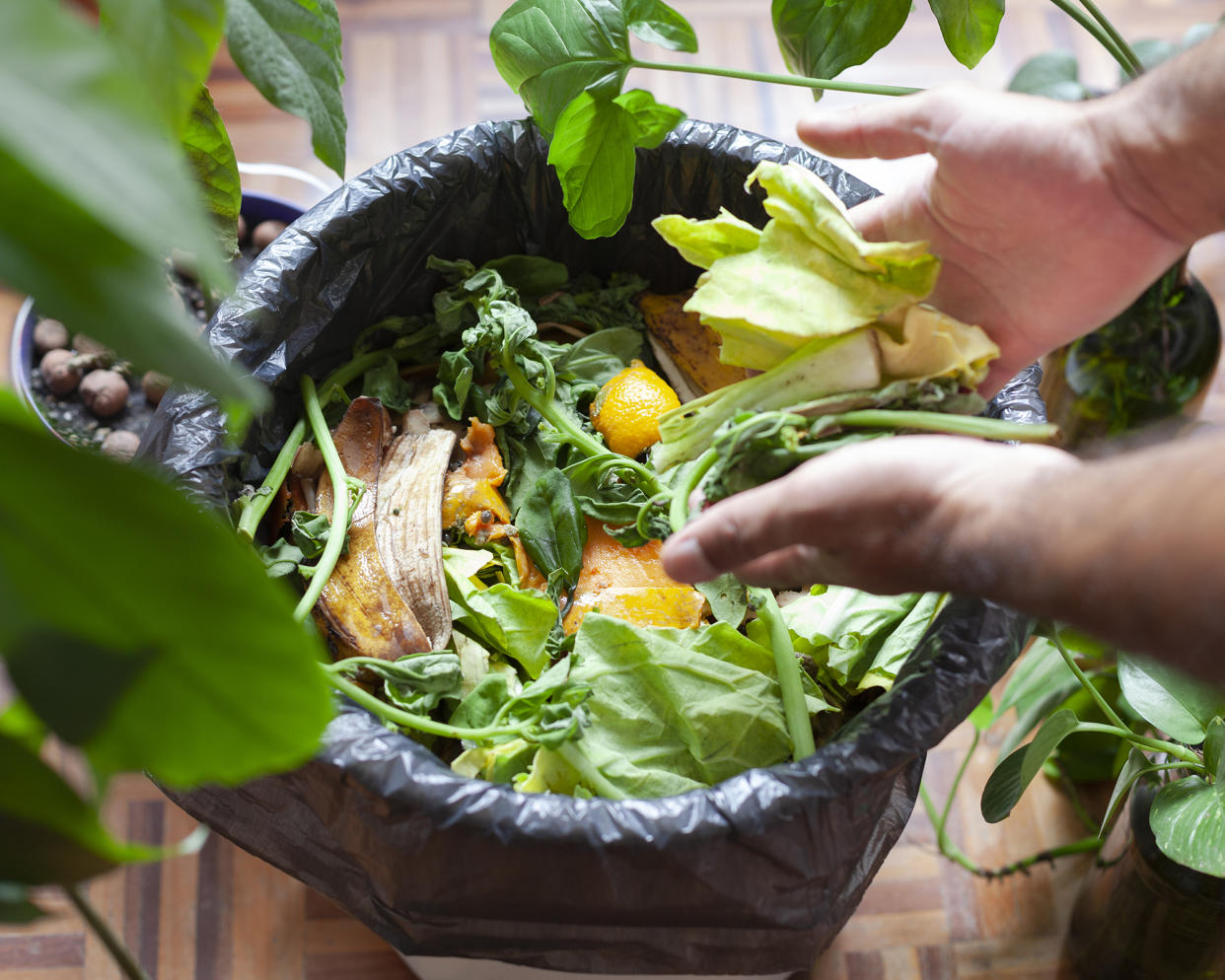
Composting is a more complicated business than many give it credit for. Get it wrong and you’ll have a smelly, ineffective heap that offers no benefit to your garden.
But get it right, and you will cultivate the most nutrient-rich substance that will transform your soil and ensure plants thrive. It truly is black gold.
Unfortunately there are several critical mistakes that can quickly render your compost useless. Read on to discover how to avoid them – and how to fix your supply if it’s already out of balance.
1. Adding the wrong types of kitchen waste
Kitchen scraps are an essential component of any compost heap, but you cannot add everything.
Composting meat, fat, bone, and dairy should be avoided as they can encourage pests and introduce harmful pathogens. As meat and dairy go off, they will also develop a terrible smell.
Good kitchen waste to include in your compost heap includes vegetables and fruit peeling, eggshells, coffee grounds, and tea bags.
When adding kitchen scraps to the compost heap, you should always bury them by topping off with a layer of brown ingredients, such as paper, and soil.
This is to avoid attracting pests, such as flies, and to minimize any unpleasant smells.
2. Not shredding paper
Paper, especially newspaper, is a common ingredient added to compost. As a brown composting material, it will help to add carbon to the compost pile.
However, you cannot simply pile up bundles of paper onto the compost heap. In order for paper to break down, it needs oxygen to circulate, otherwise it will simply mold and become an unusable mess. This means it must first be shredded.
Cardboard is also ideal to add to compost heaps. If it’s too thick to shred, then tear it as well as you can or cut it into small pieces.
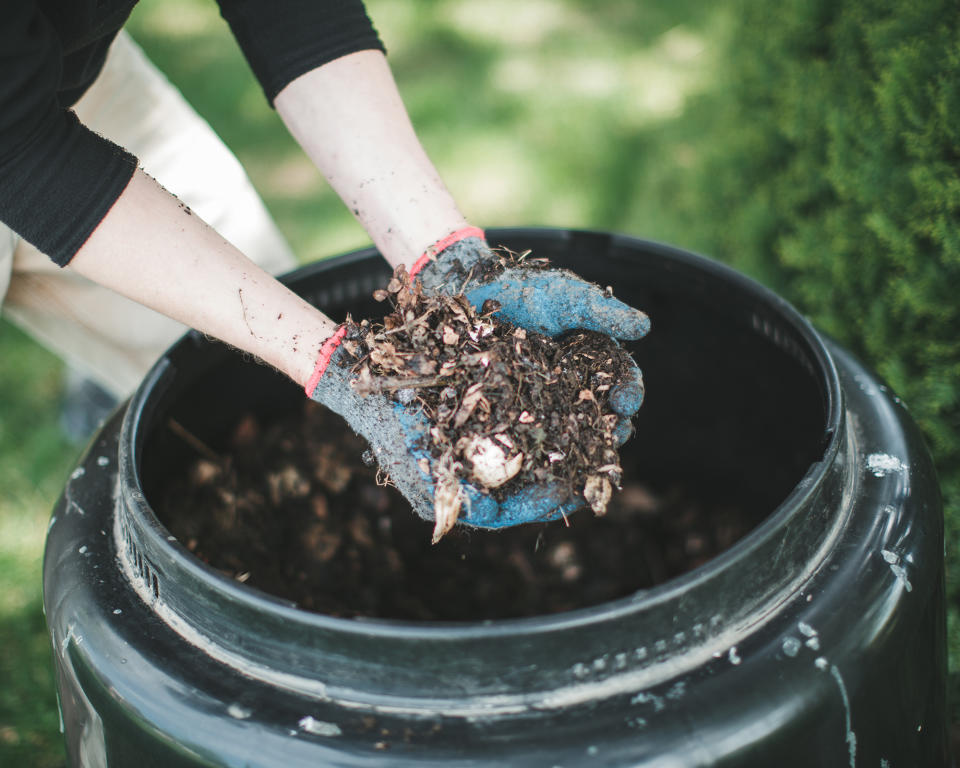
3. Getting the wrong balance
Any compost heap needs a careful balance of green and brown materials.
Brown materials relate to dry or woody plant material, such as leaves, paper, wood chips and straw. They add bulk and carbon to the compost heap, and enable better air circulation.
If you don’t have enough brown material in your compost heap, it will smell like sewage or ammonia.
Green composting materials are wet or recently growing materials, such as food scraps, grass clippings, manure, and fresh weeds. They add a lot of nutrients to the pile, including nitrogen.
If your compost pile is dry or not heating up, then you need to add more greens.
A good mix of browns and greens in your compost pile is about 4:1 browns to greens.
4. Adding diseased garden waste to the pile
It’s tempting to add diseased garden waste to the compost heap; however, it takes high temperatures to destroy the pathogens, and most garden composting setups won’t be able to achieve it.
The disease could infect your compost and then be spread around to other plants as you use it around the garden. A common example is composting tomato plants that have developed blight or another disease, or rose clippings infected with blackspot.
Diseased garden waste should either be burnt or sent to your county yard waste program.
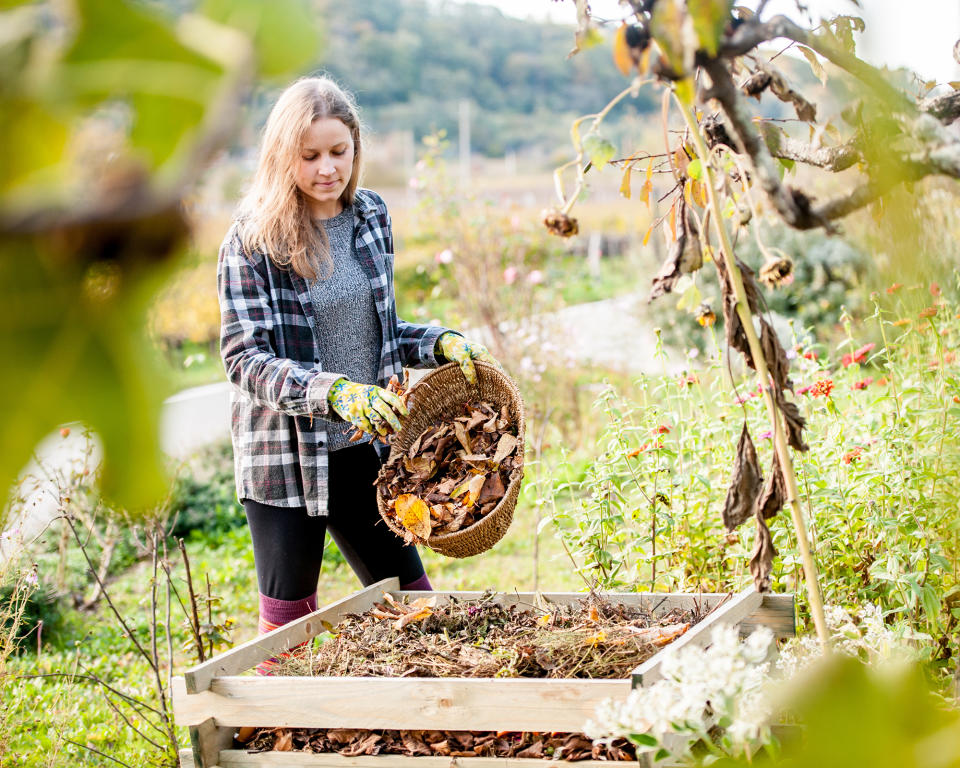
5. Including invasive weeds
Composting weeds can be a complicated subject, as they can add valuable nutrients to the heap, as long as they are properly broken down at the right temperature.
However, you should not add weeds with invasive roots to your compost heap – this includes plants such as dock weed, alligatorweed and bermudagrass.
Even small fragments that don’t decompose in the compost could cause the weed to spread around the garden when it is added to beds.
Likewise, you shouldn’t compost weeds that have already gone to seed, as your compost heap may not get hot enough to kill the seeds.
If you don’t want to risk adding weeds to the compost heap, then make them into a liquid fertilizer. To do this, soak them in water for a month and then strain. The resulting liquid can be diluted and applied to beds to add nutrients.
6. Not turning your compost
Turning your compost heap on a regular basis is essential to create aeration and ultimately speed up the decomposition process.
If it is not turned then it can become compacted, meaning oxygen, microbes, and moisture aren’t able to effectively spread throughout the heap.
A strong sign that compost has insufficient aeration is if it smells very unpleasant, or like rotting eggs.
The best way to turn home compost is with a composting tumbler or manually with a pitchfork or shovel.
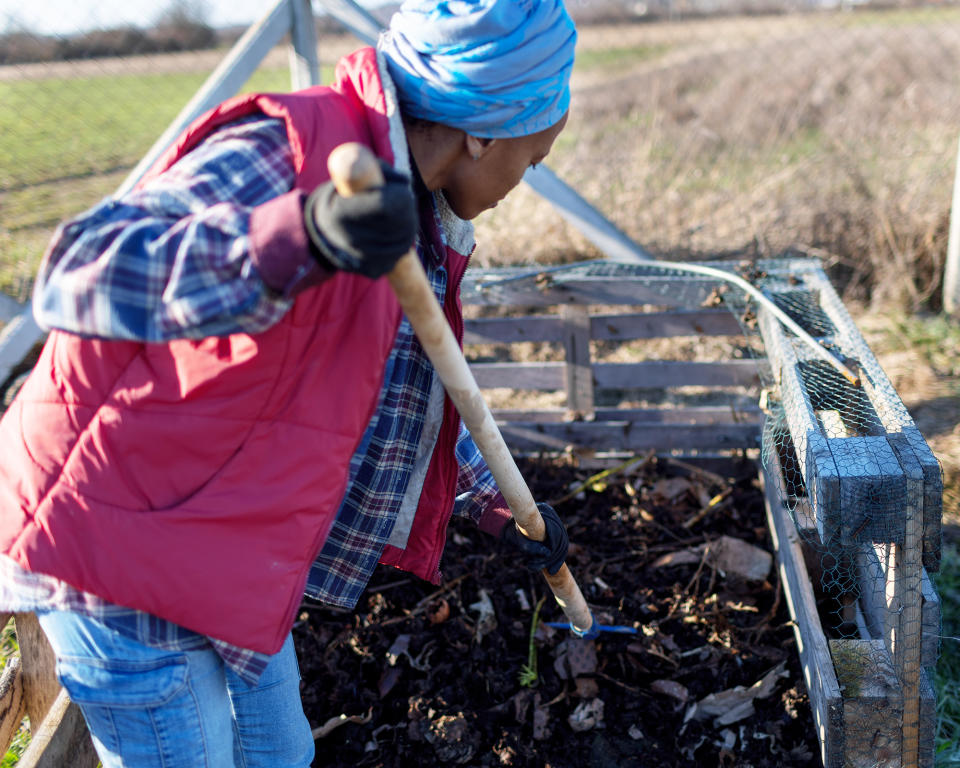
7. Not adding liquid
An effective compost heap needs moisture to work, so if you only apply dry matter then it may not be moist enough. Adding liquids to the compost will help to keep it moist.
The liquid should be plant based and not contain any chemical preservatives, drugs, or other contaminants.
Good examples include coffee, tea, soda, beer, graywater, ketchup, and small amounts of cooking oil.
8. Composting pet waste
While it’s fine to add manure from farm animals like cows and chickens to your compost, you should not add fecal material from dogs and cats.
Their waste contains a host of pathogens and parasites that can be harmful to humans. In theory these can be removed by heating the compost heap to a high enough temperature over a long enough period of time, but this is not something a beginner composter should attempt.
Dispose of dog and cat waste by putting in a biodegradable poop bag and binning it.
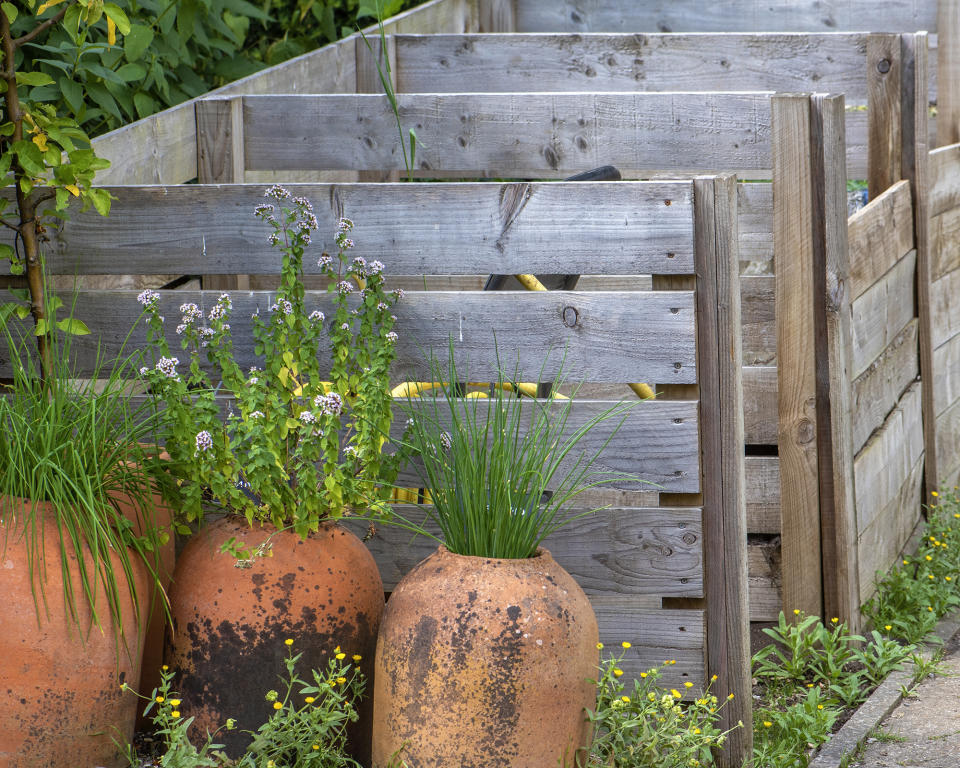
9. Not storing it properly
When compost is ready, proper storage is required to ensure it stays moist and nutrient rich – otherwise it will dry out and lose its microbial magic.
One of the easiest storage methods is on the ground covered with a tarp or plastic sheeting. This will protect it from rain and snow but still allow in some moisture to keep the pile damp.
If you don’t intend to keep your compost lying around for months then you can store the compost in plastic bags or garbage cans for a while.
10. Not heating it up
Heating up a compost pile is an essential part of the process, as this allows the micro-organisms to thrive and do their job. Heat will speed up the composting process and also destroy seeds and potential weeds.
You don’t need to manually apply heat to your compost heap – you need to get the right balance of ingredients. If the balance is wrong, or the heap is dry, it will not heat up.
A good compost heap should have the right balance of nitrogen-rich green matter, carbon-containing brown matter, some moisture, and the right bacteria. Add a shovelful of dirt into your compost pile to help with this.
If your pile still isn’t heating up, then it may be too small to warm up effectively – the ideal pile should be 4 to 6 feet (1-2m) high.
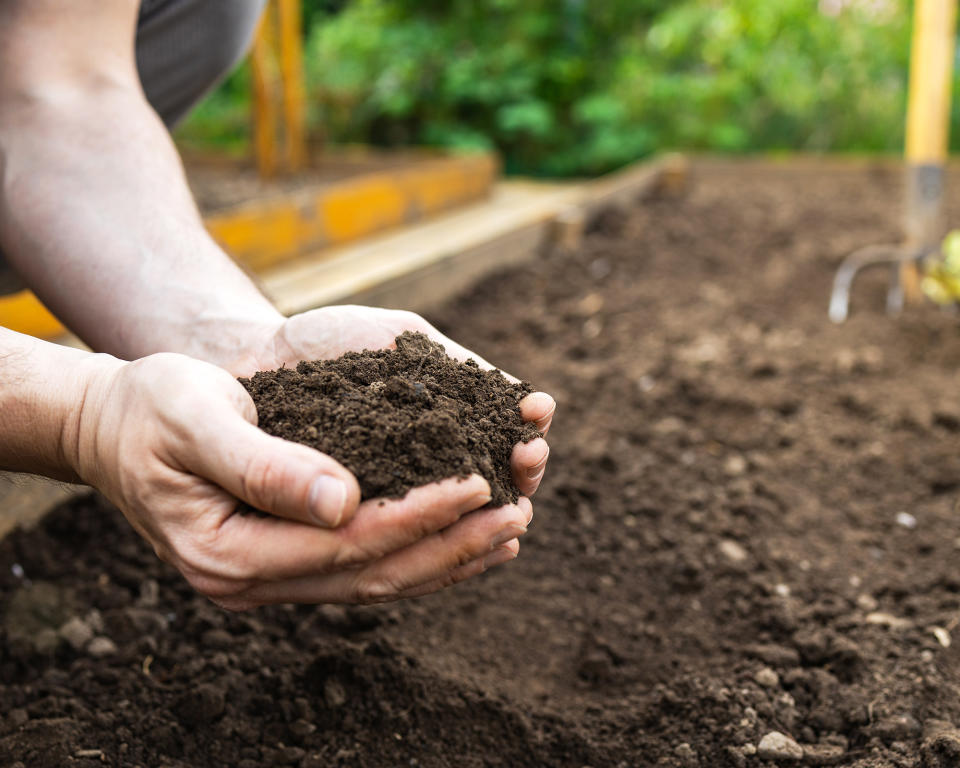
11. Letting it get old and inactive
Compost is alive with organisms, but if neglected for too long these will start to die off, the heap will become compacted, and it may even go moldy.
You can revive old compost by mixing in fresh green matter, such as grass clippings, with a smaller amount of brown material.
Turn the pile 2 to 3 times per week and keep it moist but not soggy. It won’t take long before your compost heap comes to life again.
12. Using compost before it’s ready
When compost is ready, it will look dark and crumbly and have an earthy smell. It will have reduced in volume and the organic items added to the pile will not be visible.
If it has not yet reached this stage, you should not use your compost, as it will not have the desired effect on your garden.
It might take anything from 6 months to two years for compost to be usable, so you have to be patient.
However, you can speed up composting by having the right balance of materials, shredding them into small pieces, layering it effectively, and turning it regularly.

